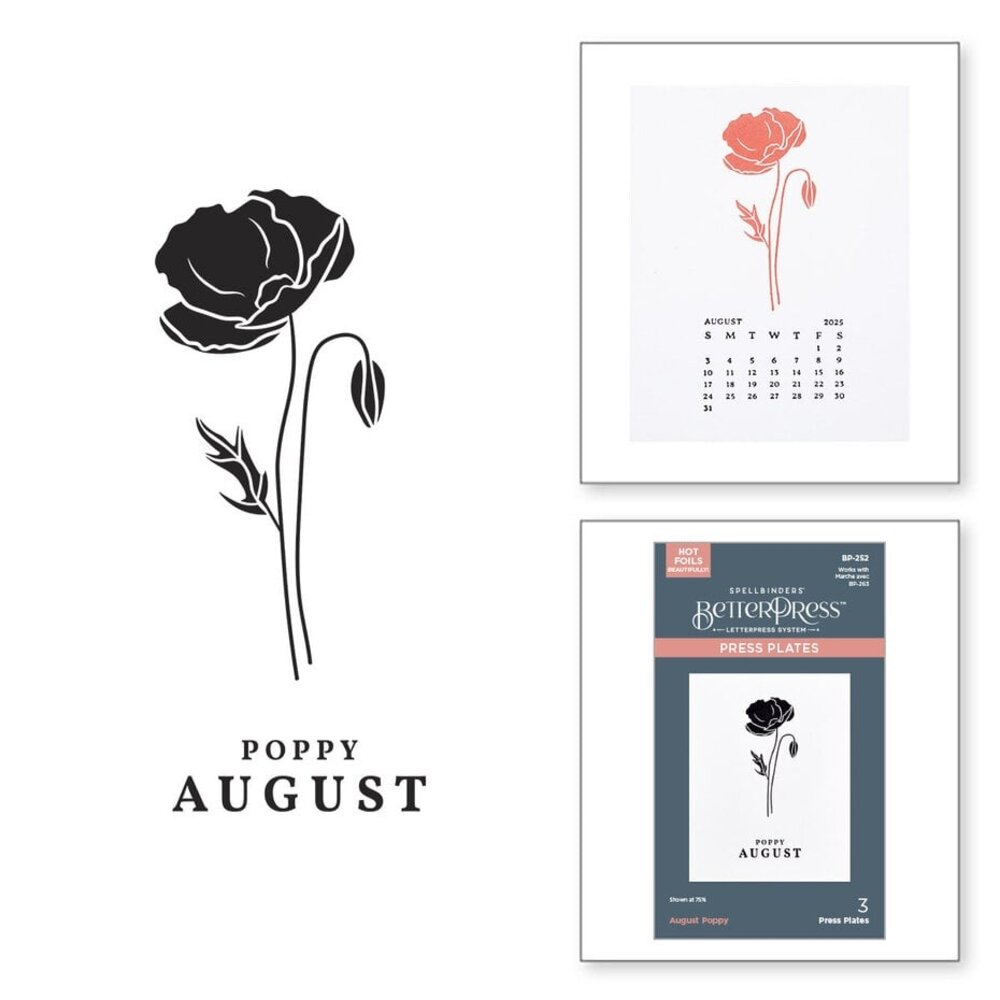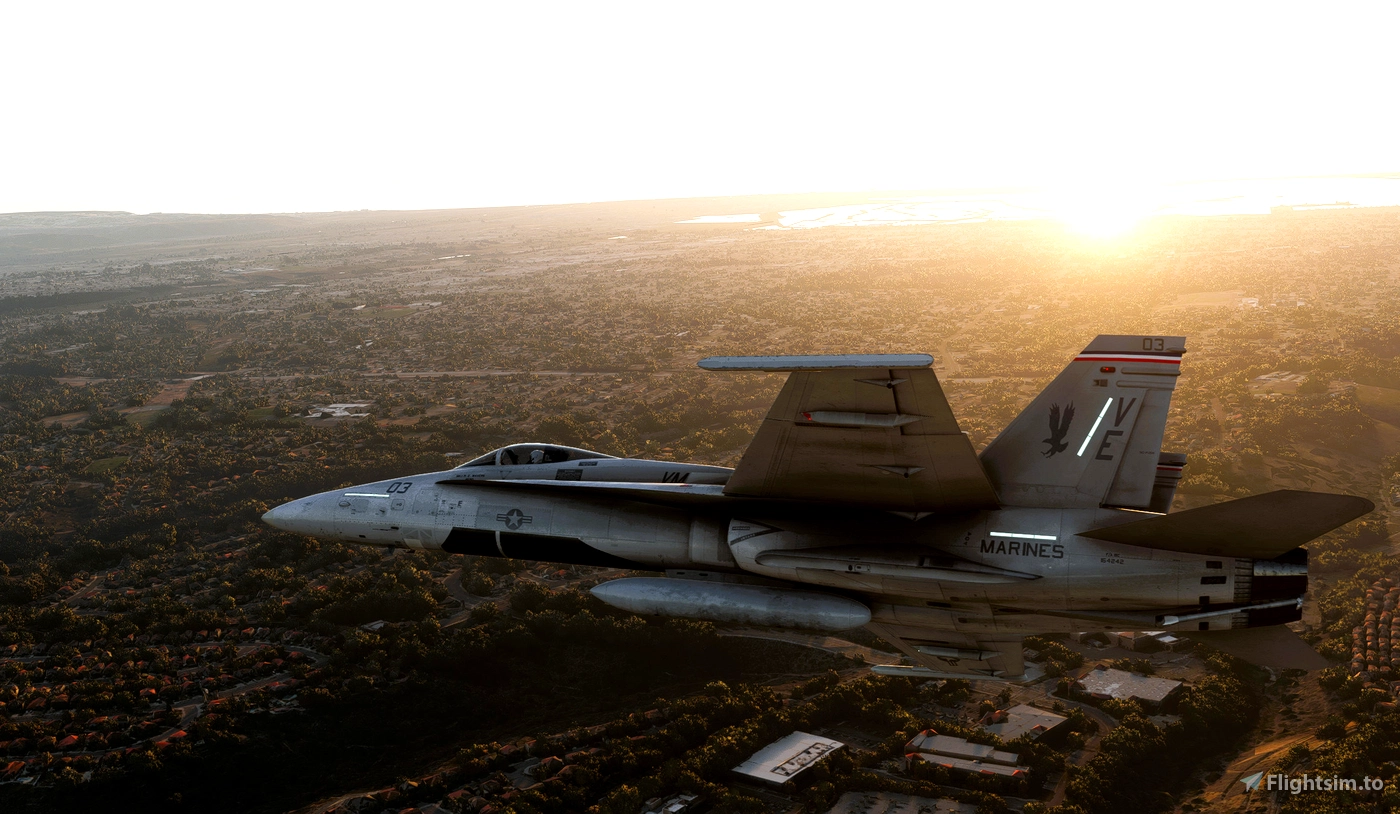
The Poppy: A Symbol of Remembrance
The poppy flower, particularly the red poppy, has become an enduring symbol of remembrance and hope. Its relevance transcends cultures and nations, embodying the collective memory of those who have sacrificed their lives in conflicts throughout history. As November 11 approaches, the significance of the poppy becomes increasingly prominent as it serves as a poignant reminder of the sacrifices made during World War I and subsequent conflicts.
A Brief History of the Poppy in War
The use of the poppy as a symbol of remembrance originates from the battlefields of World War I. Following the war, Lieutenant Colonel John McCrae’s famous poem, “In Flanders Fields,” highlighted the sight of poppies growing amidst the graves of fallen soldiers. This imagery cemented the poppy’s place as a symbol of loss and remembrance, leading to the establishment of the Royal British Legion’s Poppy Appeal in 1921.
Global Recognition and the Poppy Appeal
Today, the poppy is recognised worldwide as a symbol of remembrance. In the UK, the Poppy Appeal raises funds to support veterans and their families. The initiative has seen considerable public support, with millions of people wearing poppies each year in the lead-up to Armistice Day. The Royal British Legion reports that since its inception, the appeal has raised hundreds of millions of pounds, vital for providing welfare services and ensuring that no veteran is left without support.
Cultural Variations
Interestingly, while the red poppy is most commonly associated with military remembrance in the UK and Canada, other cultures have adopted different floral symbols. For instance, in the United States, the white poppy serves to commemorate peace and the victims of war, while the purple poppy symbolises the animals who served alongside soldiers. This illustrates how the legacy of war impacts various demographics and communities differently.
The Legacy of the Poppy Today
As we approach November, the poppy continues to be a powerful symbol, bridging the gap between past and present. Activities surrounding Remembrance Day allow individuals and communities to reflect on the impact of war and to honour those who have served their countries. Furthermore, ongoing discussions about war’s legacy and the mental health issues faced by veterans are bolstered by the visibility and shared recognition of the poppy.
Conclusion: The Poppy’s Enduring Importance
In conclusion, the poppy has grown beyond a simple flower to become an integral part of collective remembrance. As its symbolism continues to evolve, it reinforces the importance of remembering those who have served, advocating for peace, and supporting the welfare of veterans. This November, as citizens don their poppies, they not only pay homage to the past but also express a commitment to a future free of conflict.
You may also like


The Importance of Pubs in British Society and Their Resurgence
